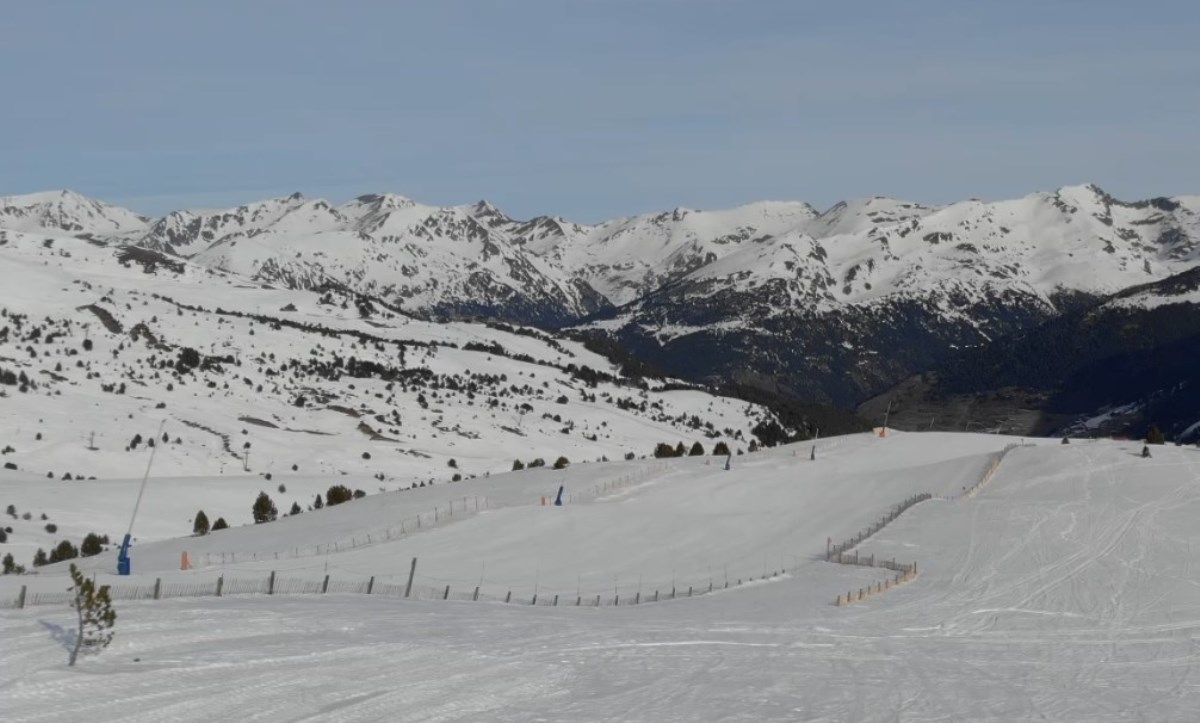Projects

In any ski area, skiing is complemented by ski training centers, equipment rental and other recreational activities. Furthermore, the use of the resort's infrastructures outside the ski season is becoming more and more frequent. Apart from the activity generated within the domains, we can consider ski resorts as a focus of development and economic activity in many mountain regions. The complementary activities that are generated around ski resorts -such as hotels, shops and other services- are an important source of income and job creation. We can affirm, therefore, that ski resorts are an "integral concept", since there are scope economies [1].
The ski sector has reached a stage of product maturity and high competition which, together with an economic context of global crisis, has generated certain difficulties in the development of its activity, leading some resorts to considerably reduce their income or even to cease to be profitable. However, beyond the economic balance at station level, the contribution to Gross Domestic Product (GDP), the direct and indirect jobs created and the spillover effects on other businesses in the area must be considered when determining the total contribution of the activity of the resorts to the regional economy. Ski resorts are generators of income (from labor, business surpluses, when they occur, and from the community) to the extent that they create a demand for factors in the region that otherwise would not exist. Thus, in a context of economic crisis and where the debate on the interest and the need to intervene or publicly subsidize ski resorts has become recurrent at the Pyrenees level, estimating the total economic impact that the ski resorts generate is an essential preliminary step to guide the debate and help in decision-making.
Finally, and related to the previous reasoning, the lack of objective data on the impact on the territory of activities linked to skiing and other tourism activities is a handicap when determining the best investment strategy given the scarcity of resources and the search for efficiency, that is, to answer the question of which are the key sectors for growth. Recognizing which types of economic activities generate the greatest multiplier effects should serve as a tool for analysis in order to guide the most appropriate decision making with the aim of stimulating the development of a region. The final report of the study [2] attempts to generate a better and more accurate understanding of the total economic impact that the activity of ski resorts has on the economy of the Principality of Andorra.
[1] Massons, J., "La rendibilitat de les estacions catalanes d'esquí alpí," TDX (Tesis Doctorals en Xarxa), 2006.
[2] OBSA, “Impacte econòmic del turisme d’esquí a Andorra,” 2014.

 Marc Pons
Marc Pons